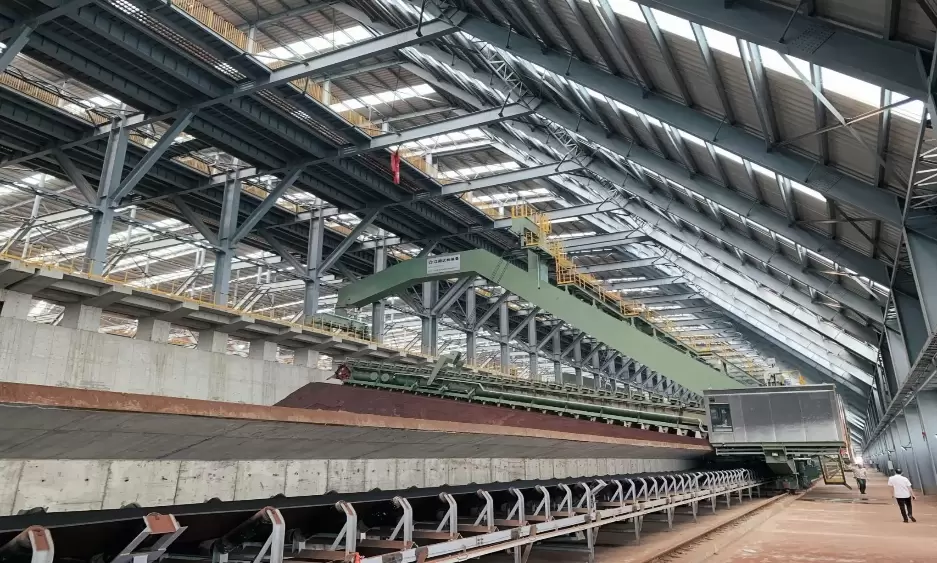Breaking Down the Three Most Common Trade Barriers: A Comprehensive Analysis

In today's interconnected global economy, international trade plays a vital role in driving economic growth and fostering cooperation among nations. However, various trade barriers can hinder the smooth flow of goods and services across borders. In this article, we will delve into the three most common trade barriers that countries encounter, providing a comprehensive analysis of their impact and implications.
- Tariffs: Protecting Domestic Industries
Tariffs, also known as import duties, are taxes imposed on imported goods. They serve as a means for governments to protect domestic industries from foreign competition and generate revenue. Tariffs can be specific (based on the quantity of goods) or ad valorem (based on the value of goods). While tariffs may provide short-term benefits to domestic industries, they often result in higher prices for consumers, reduced consumer choices, and potential trade wars between nations. - Non-Tariff Barriers: Hidden Obstacles to Trade
Non-tariff barriers encompass a wide range of measures that restrict imports or favor domestic products without using direct tariffs. These barriers include quotas, licensing requirements, technical standards, subsidies, and discriminatory regulations. Non-tariff barriers can be particularly challenging as they are often more subtle and less transparent than tariffs. They can create significant barriers to entry for foreign businesses, limit market access, and impede fair competition. - Trade Restrictions: Protecting National Interests
Trade restrictions are policies implemented by governments to safeguard national interests, such as national security, public health, or environmental concerns. These restrictions can take the form of embargoes, sanctions, or export controls. While trade restrictions are essential for protecting vital national interests, they can also disrupt global supply chains, strain diplomatic relations, and hinder economic development.
Conclusion:
Understanding and addressing trade barriers is crucial for promoting free and fair international trade. Tariffs, non-tariff barriers, and trade restrictions are the three most common obstacles faced by countries engaged in global commerce. By recognizing the impact and implications of these barriers, policymakers can work towards creating a more open and inclusive trading environment that benefits all stakeholders. It is imperative for nations to strike a balance between protecting domestic industries and fostering global economic cooperation, ultimately leading to sustainable growth and prosperity.


